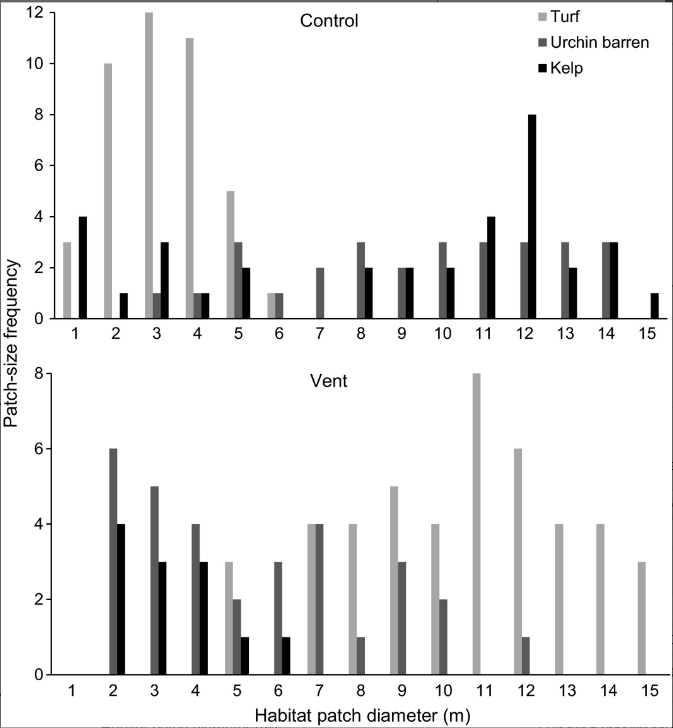Over the weekend, people in the USA sought weather advice from a rodent. Groundhog day (Feb. 2nd) is a superstitious tradition where if a groundhog emerging from its burrow on this day sees its shadow due to clear weather, it will retreat to its den and winter will persist for six more weeks, and if it does not see its shadow because of cloudiness, spring will arrive early.
There are many different superstitions across cultures to predict weather, some have a kernel of truth while others are outright ridiculous.
Did you know that seaweeds have been used to predict rain? The tradition is to hang dried seaweed outside with a nail. If the seaweed stays dry the weather will be sunny and dry. If the seaweed is wet and flexible, as if it had just been from the ocean, then rain is coming.
The origin of this tradition is unknown, but the kernel of truth is valid. Seaweeds are able to dehydrate and re-hydrate over and over. If there is enough moisture in the air the dried seaweed will re-hydrate. It turns out that moisture in the air can be a decent indicator of rain.
If you want to read about some other interesting weather predicting traditions there is a good article here


